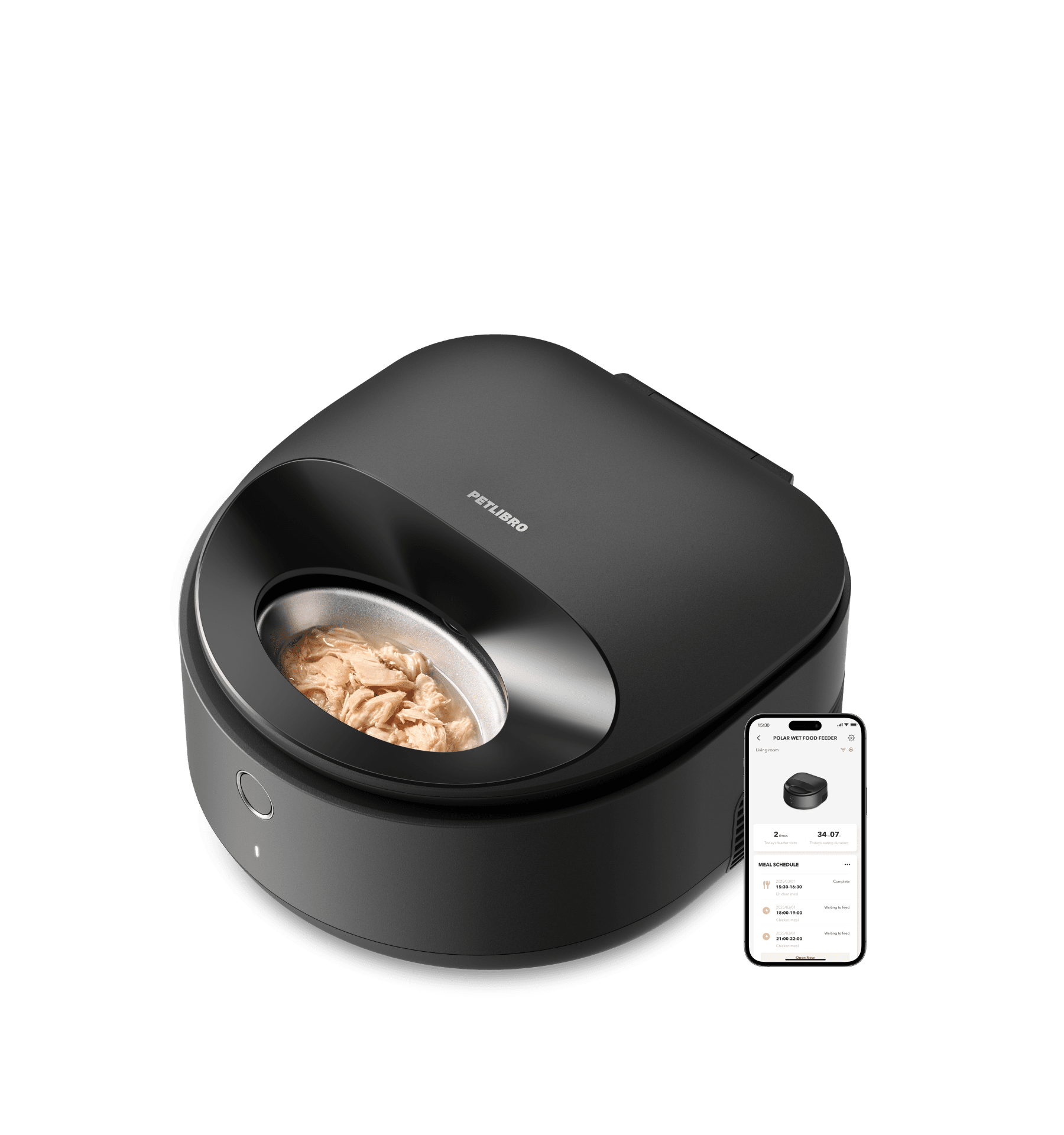
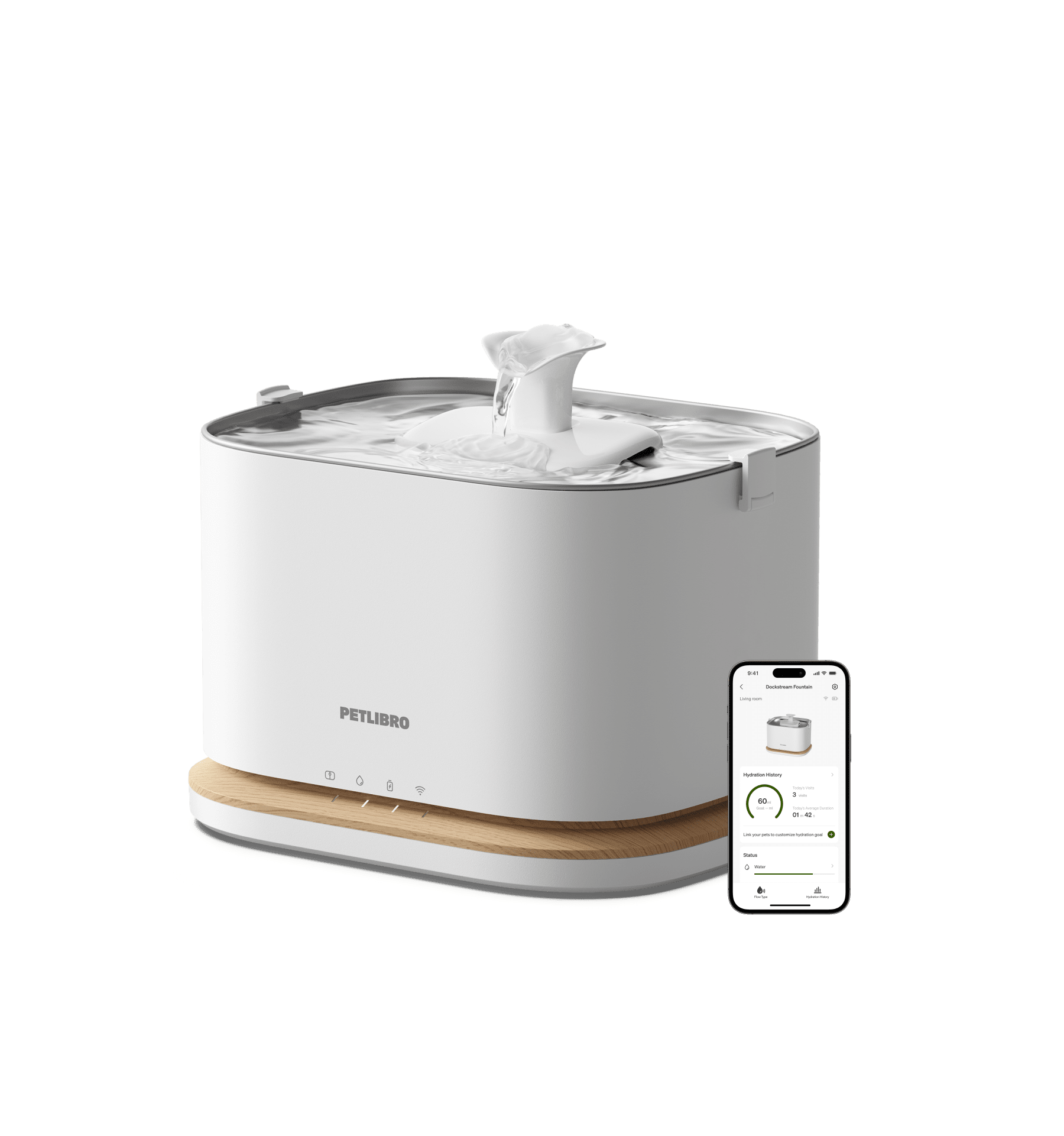
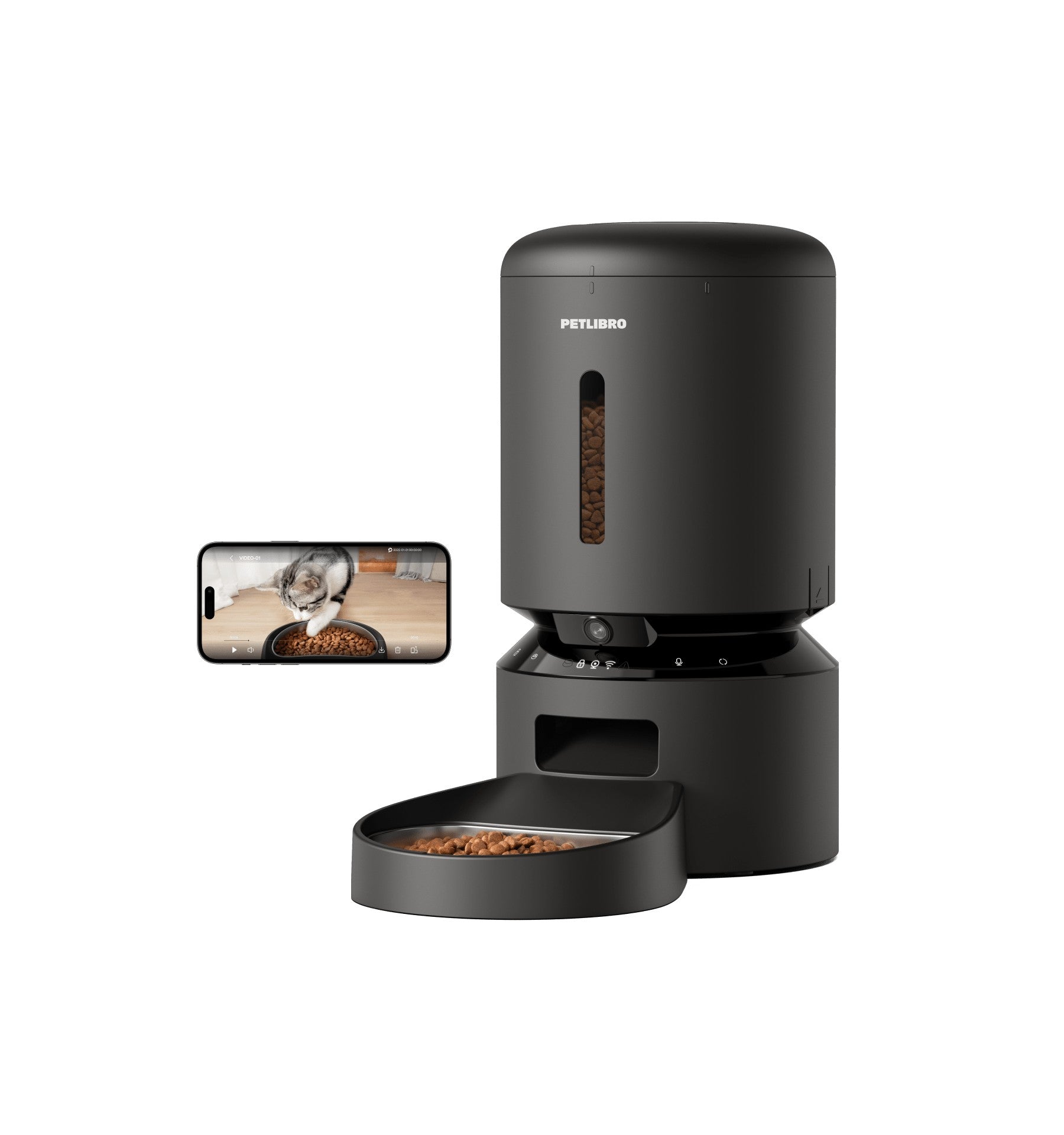
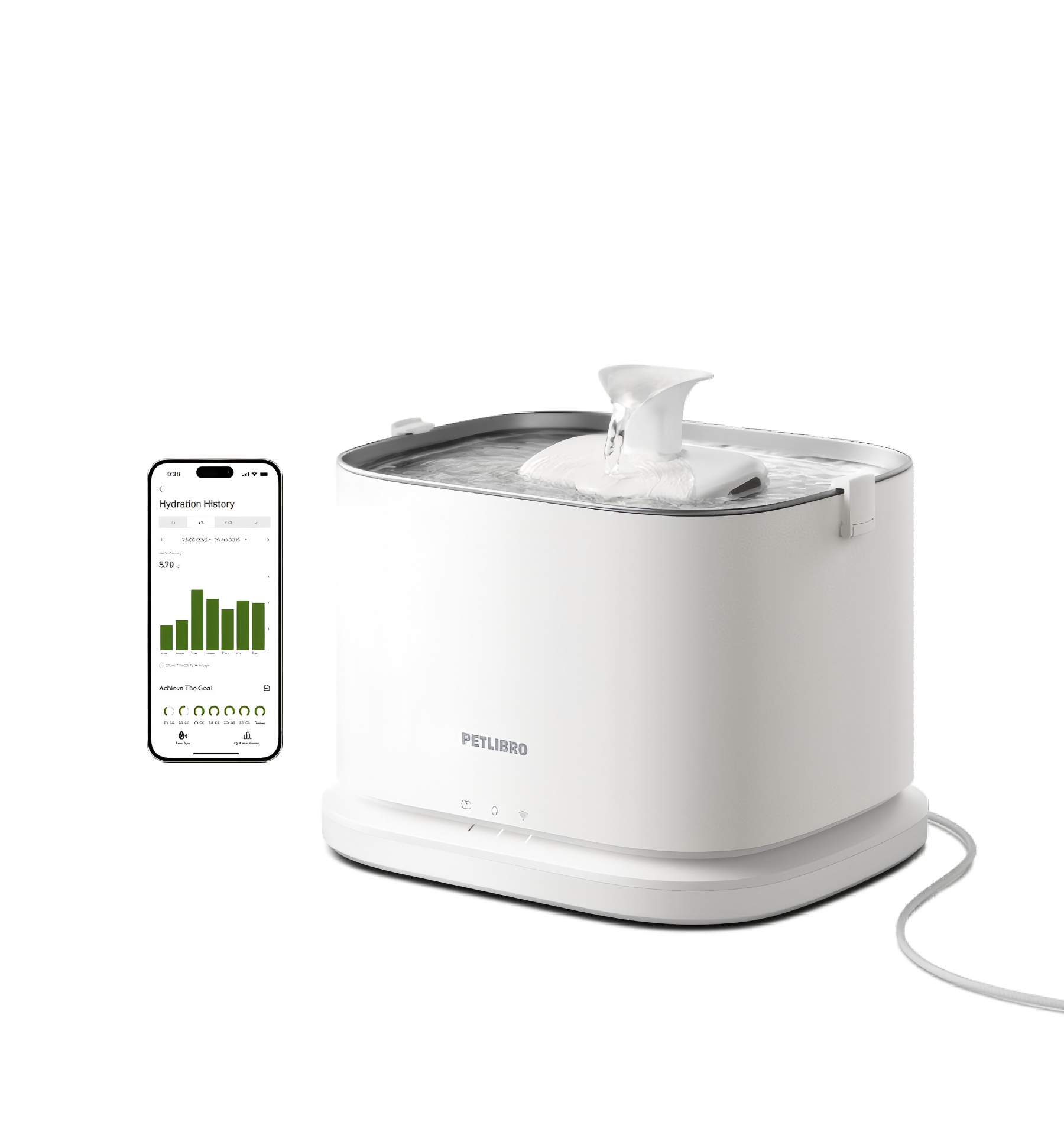
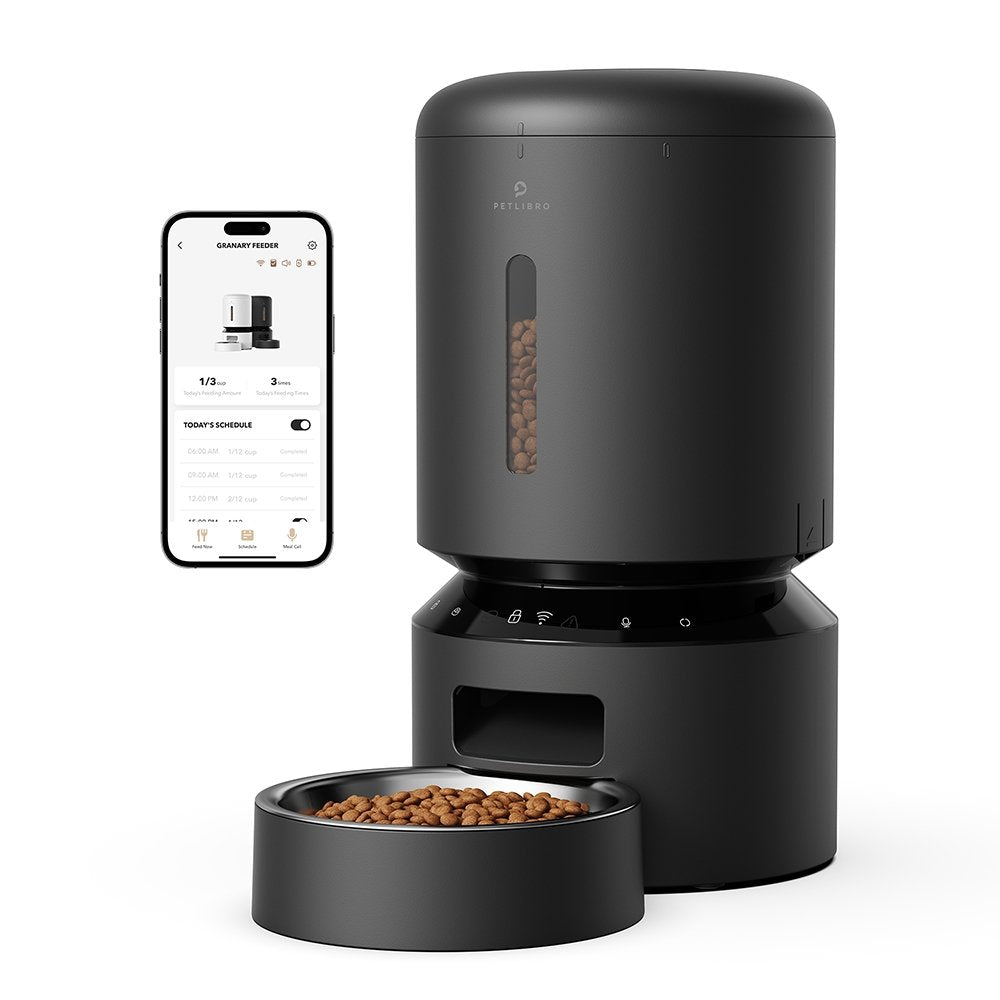

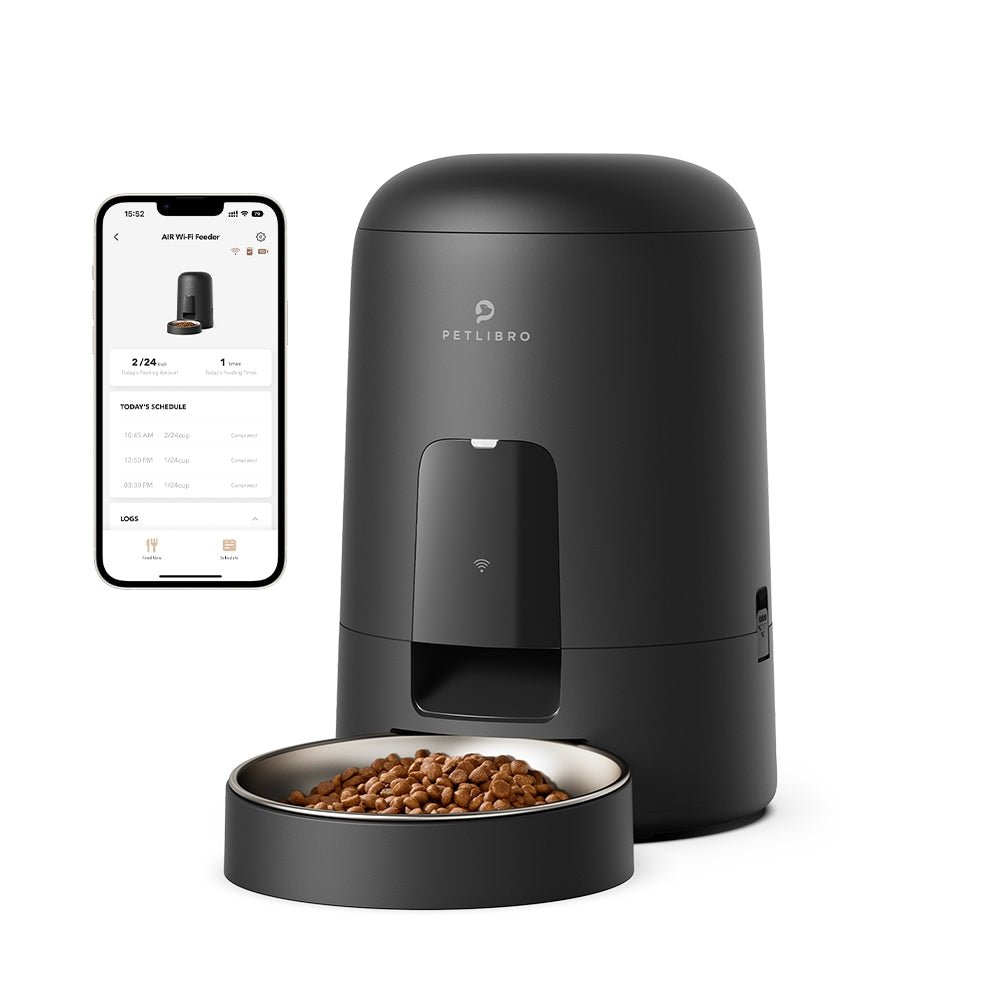














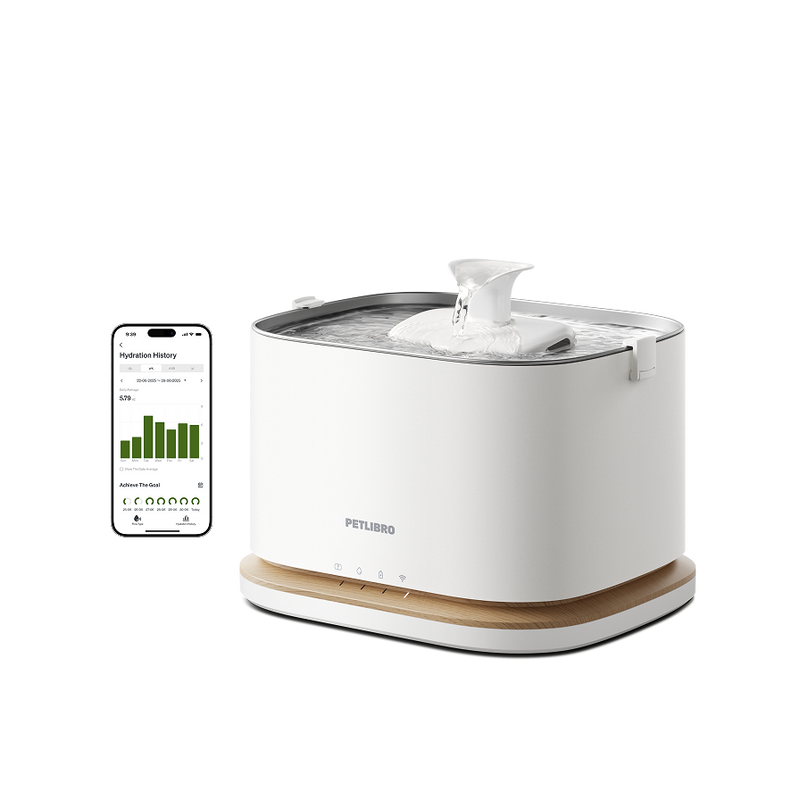
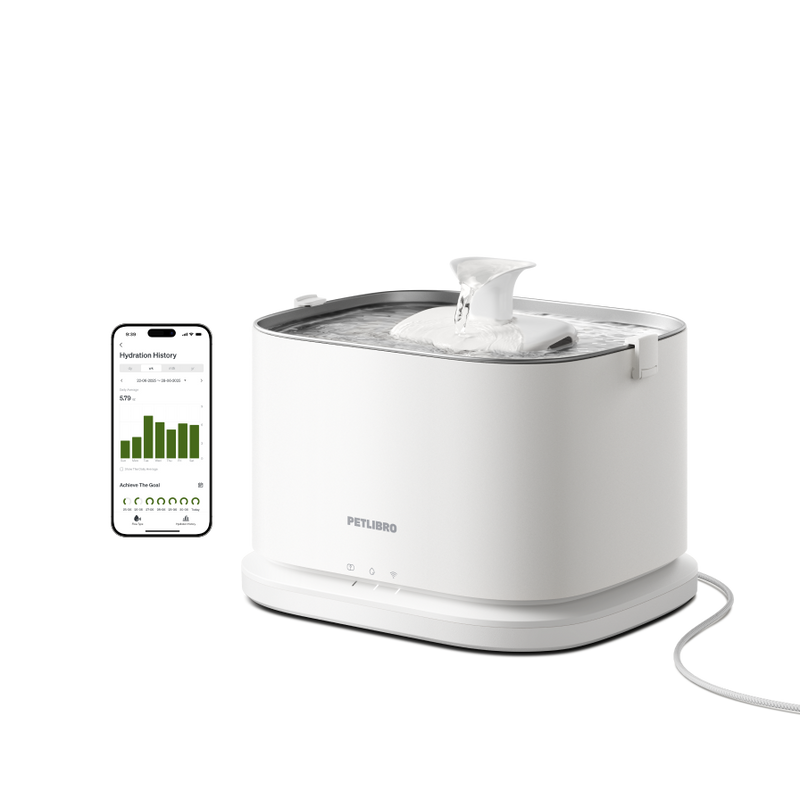
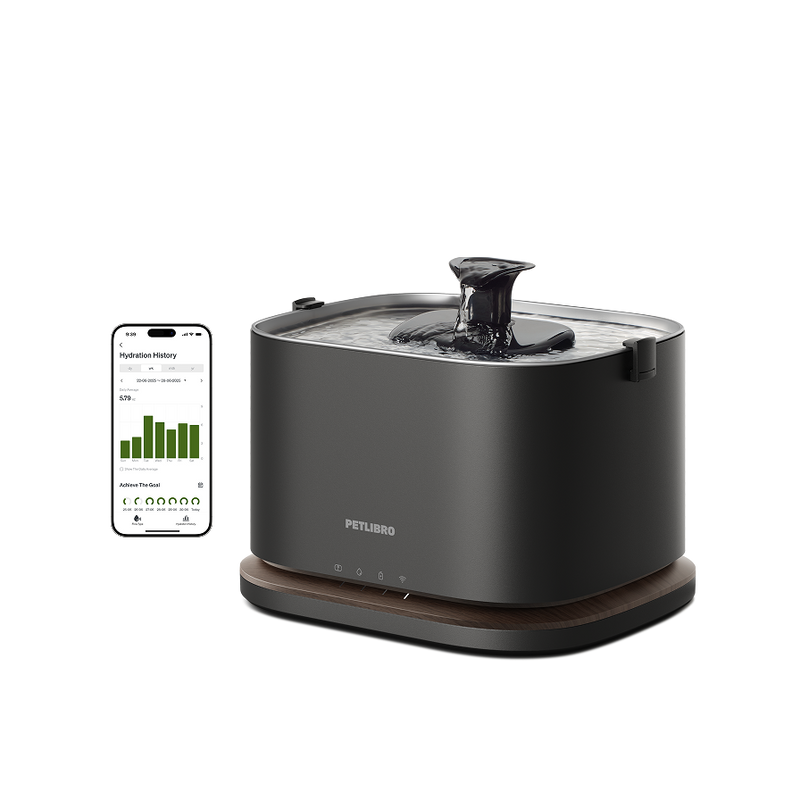
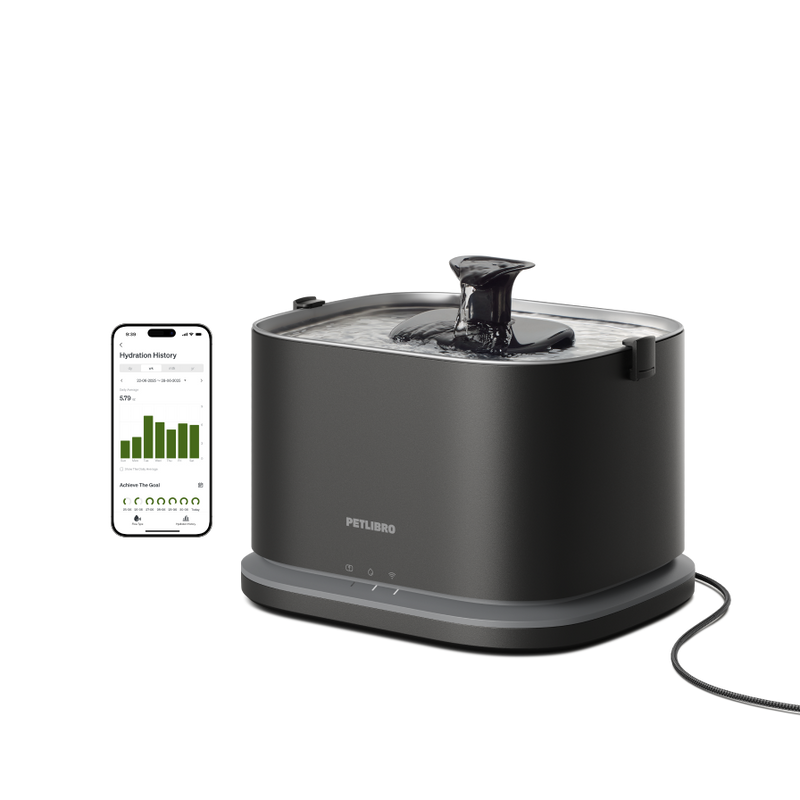
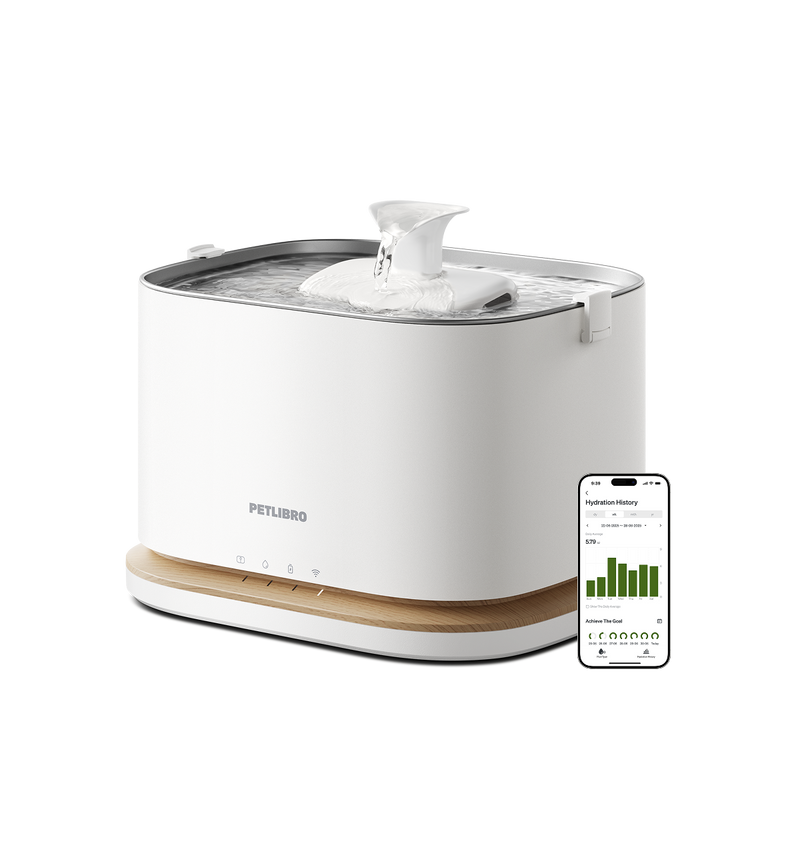
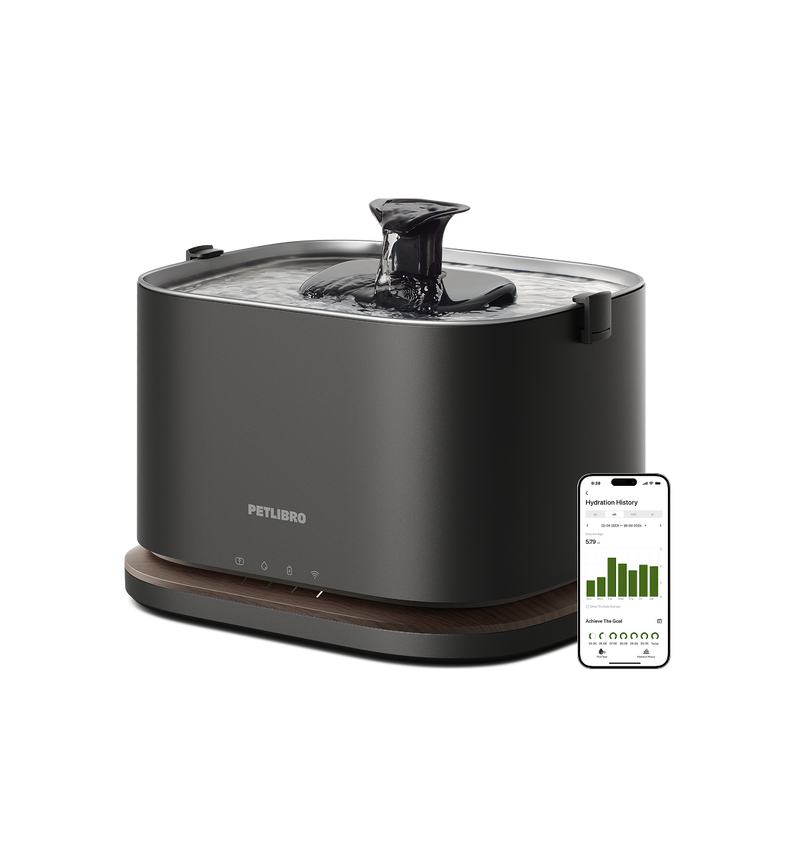
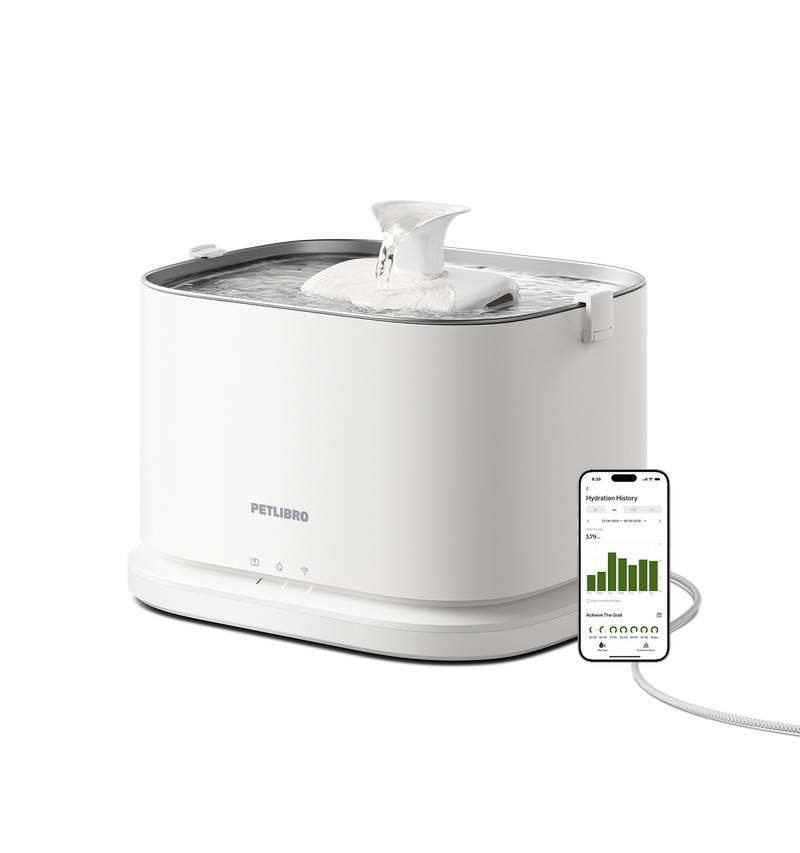
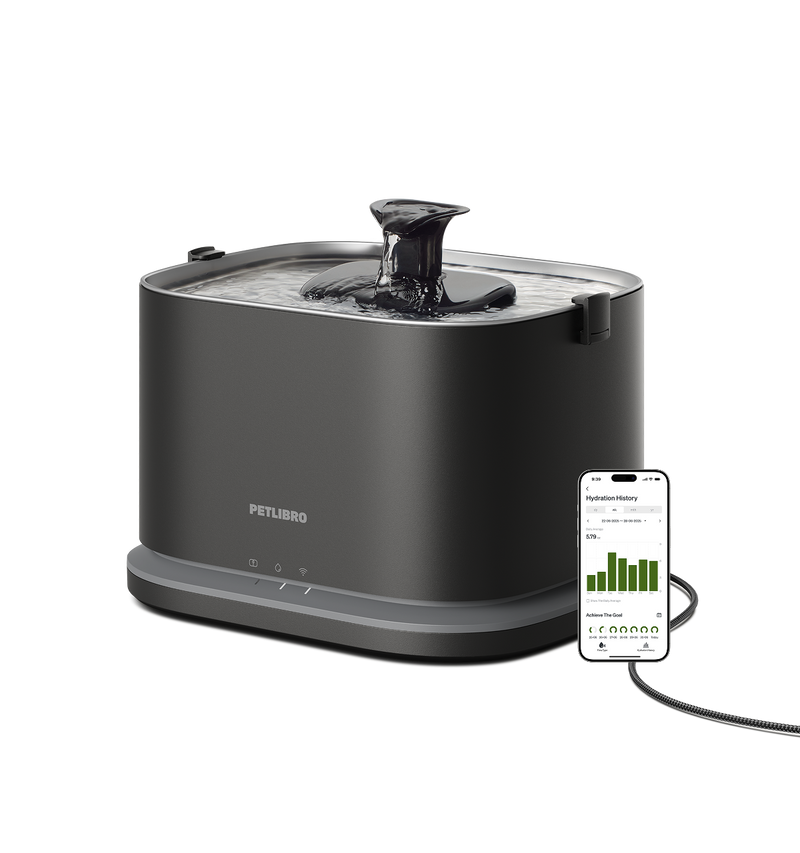












By subscribing, you agree to receive email marketing from Petlibro. Privacy Policy | Terms of Service




Valid for 3 days, for one purchase order only. Not valid for subscription orders. Cannot be combined with other codes.
Free product winners must email help@petlibro.com to claim their prize. By subscribing, you agree to receive SMS marketing from Petlibro. Privacy Policy | Terms of Service
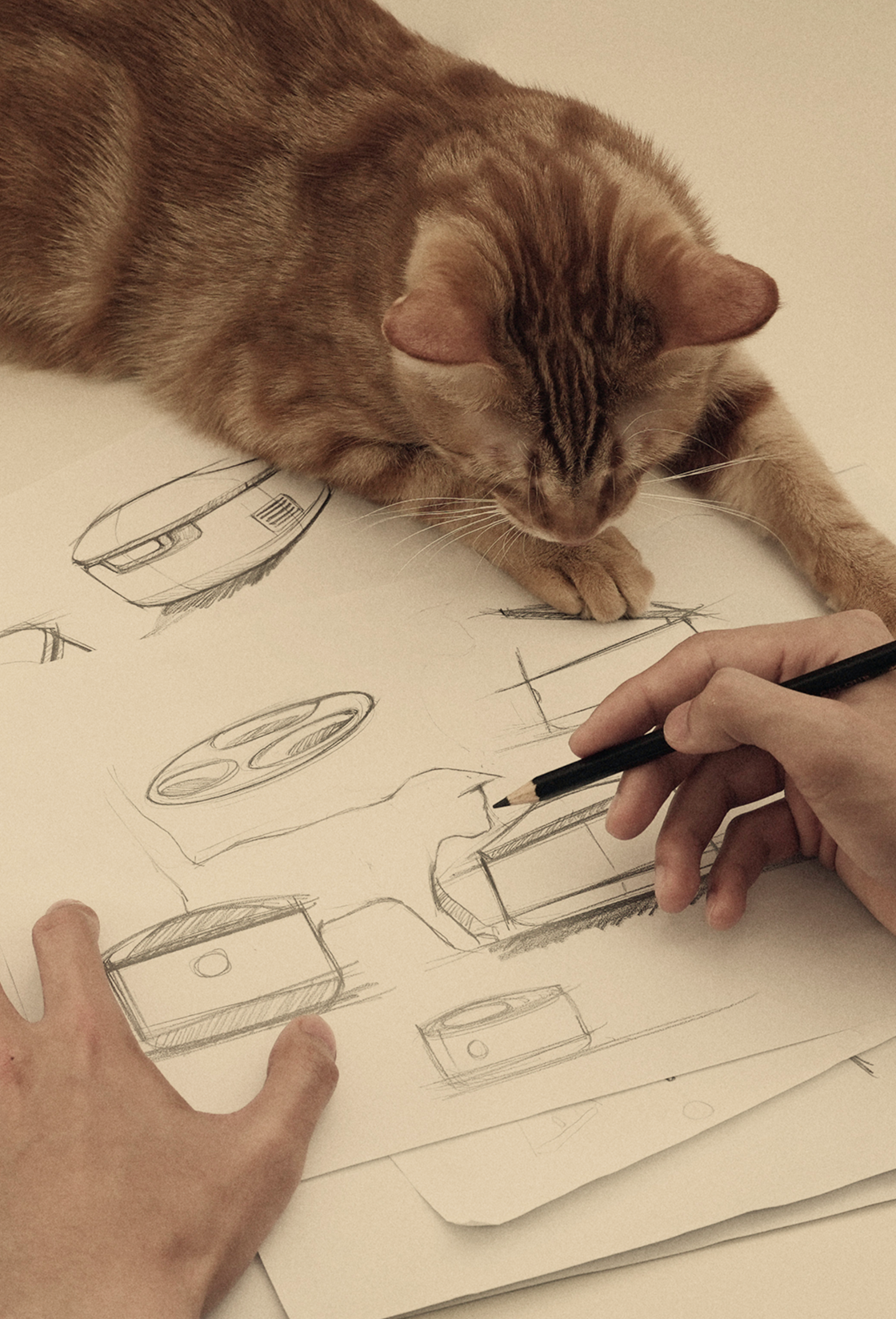
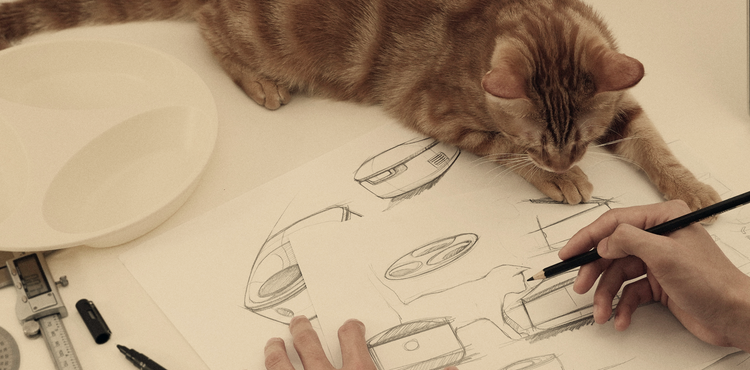
By subscribing, you agree to receive email marketing from Petlibro. Privacy Policy | Terms of Service


One discount code per order only. Cannot be combined with other codes. Offer expires in 72 hours.
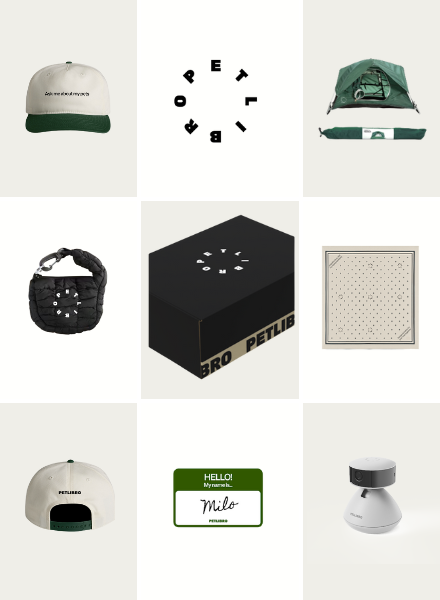

Open to legal U.S. residents, 18 years or older. Void where prohibited. Giveaway begins on 08/26/2025 and ends on 09/15/2025 at midnight PST. Three winners will each receive a limited-edition Petlibro PR Kit, which includes the Scout Smart Camera and select branded merch. Winners will be chosen at random and notified via Instagram or email (depending on entry format) by 09/30/2025. If a winner does not respond within 48 hours, another may be selected. Odds of winning depend on the total number of eligible entries received. Only one email entry per person will be counted, though additional entries may be submitted through the bonus methods described above. Petlibro is not liable for any issues that arise from participation or use of the prize. Personal information will be collected and handled in accordance with our Privacy Policy.


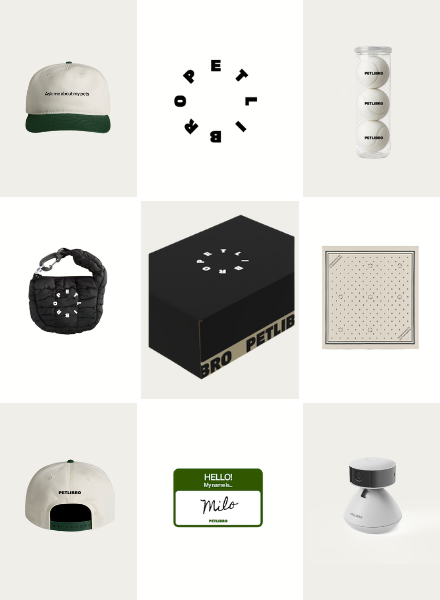
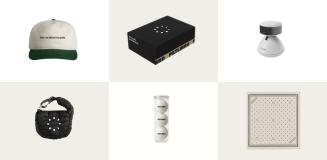
Open to legal U.S. residents, 18 years or older. Void where prohibited. Giveaway begins on 08/26/2025 and ends on 09/15/2025 at midnight PST. Three winners will each receive a limited-edition Petlibro PR Kit, which includes the Scout Smart Camera and select branded merch. Winners will be chosen at random and notified via Instagram or email (depending on entry format) by 09/30/2025. If a winner does not respond within 48 hours, another may be selected. Odds of winning depend on the total number of eligible entries received. Only one email entry per person will be counted, though additional entries may be submitted through the bonus methods described above. Petlibro is not liable for any issues that arise from participation or use of the prize. Personal information will be collected and handled in accordance with our Privacy Policy.


OFF
Cat fountains provide pets with a constant flow of clean, circulating water, but the moist environment inside them can also breed mold growth. For cat owners considering a fountain, concerns about possible mold problems may arise. Mold spores landing in the fountain water or on damp surfaces can start to multiply, creating fuzzy patches of black or white mold.
Left unchecked, this mold can spread to contaminate the fountain, releasing more spores into the air. Not only is mold in a cat fountain unsightly and difficult to remove, it can also pose health risks to pets that drink or inhale the spores. Fortunately, with proper maintenance and cleaning habits, cat fountain owners can stay vigilant about monitoring for any mold and taking quick action to remove it. By understanding what causes mold in fountains and how to prevent it, cat owners can allow their pets to enjoy fountains safely.

Mold is a type of fungal growth that can accumulate in moist environments. If mold starts growing in your cat's fountain, it can potentially cause health issues if your cat drinks the contaminated water. Mold spores can also get released into the air, which could lead to respiratory problems in both humans and pets if inhaled.
The moist, nutrient-rich environment of a pet fountain provides ideal conditions for mold growth. Mold spores floating in the air can land and start colonizing on fountain parts and surfaces that stay damp. Over time, you may notice white or black fuzziness forming.
To limit mold growth in your cat's fountain, the key steps are:
If you discover mold in the fountain, cleaning and disinfecting will be required:
With proper cleaning and maintenance, cat fountain mold can be prevented. But some accumulation is bound to occur eventually in moist environments. Monitor your fountain closely and act quickly at any sign of mold to protect your pet's health. Consistent care will allow your cat to enjoy the benefits of a fountain without the risks of mold.